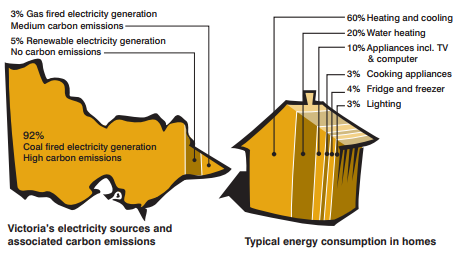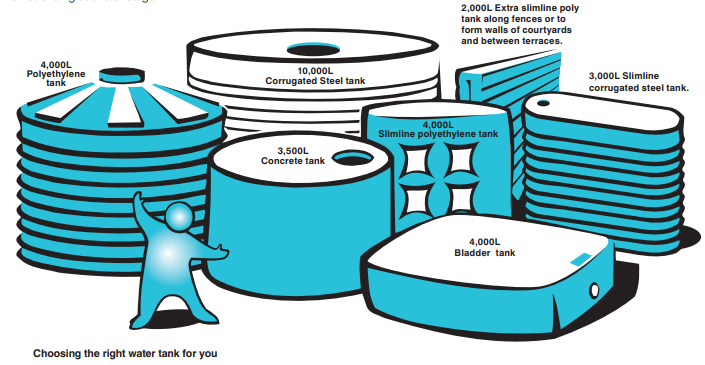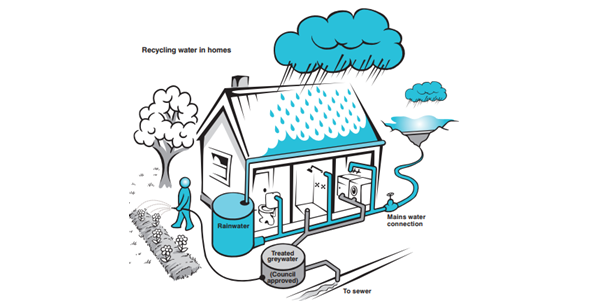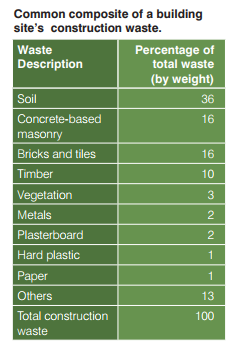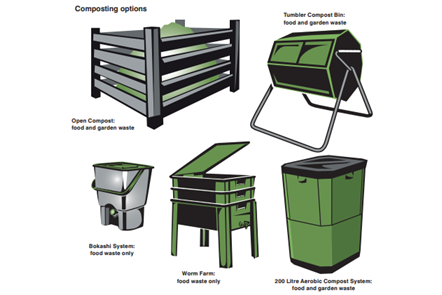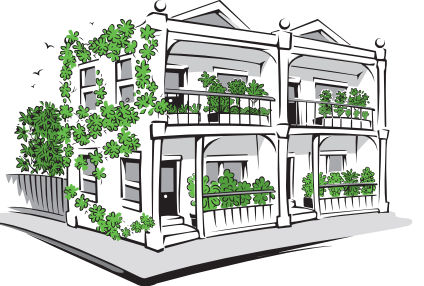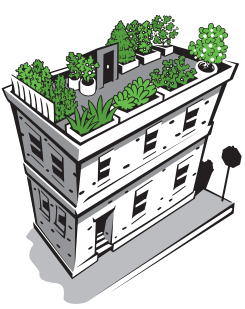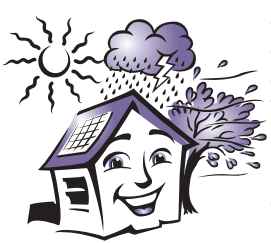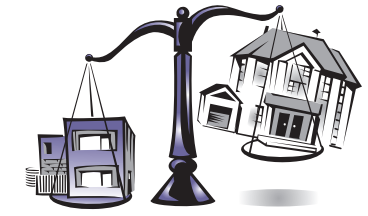Objective: to reduce the impact of stormwater run-off, to improve the water quality of stormwater run-off, to achieve best practice stormwater quality outcomes and to incorporate the use of water sensitive urban design, including stormwater re–use.
Stormwater management includes the following aspects: 
- minimise watercourse pollution
- maximise stormwater capture
Maximise on-site rainwater re-use (e.g. for flushing toilets and irrigation).
Mandatory requirements for stormwater management
Must meet The National Construction Code (NCC) requirements for water efficiency.
New developments may be required to install a rainwater tank. For a single dwelling, a rainwater tank must:
- have a storage capacity of at least 2,000 litres
- be connected to a roof catchment of at least 50 square meters
- be connected to all internal toilets.
Meet the objectives and standards of the local planning scheme including permeability, site coverage, stormwater management and water sensitive urban design (as applicable).
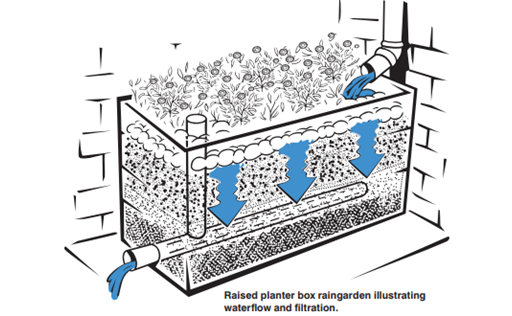
Our best practice standards for stormwater management
- Exceed Victoria’s best practice stormwater performance targets, set out in the Urban Stormwater Best Practice Environmental Management Guidelines (BPEMG) and local integrated water management plans. These targets may be demonstrated by a STORM rating of at least 100% or equivalent modelling results (MUSIC, Urban Developer).
- Note: rainwater tanks sized for retention are in addition to any required for detention in storm events.
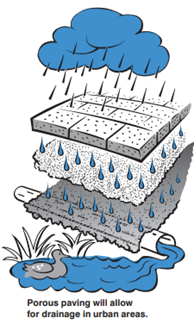
Developments, which seek to vary from these best practice standards, must demonstrate how best practice stormwater management can be satisfactorily achieved.
You can find out more in our Stormwater management factsheet (PDF 896kB), Site permeability factsheet (PDF 2.2MB) and Built Environment Sustainability Scorecard.
Stormwater management includes the following aspects: 
- minimise watercourse pollution
- maximise stormwater capture
Maximise on-site rainwater re-use (e.g. for flushing toilets and irrigation).
Mandatory requirements for stormwater management
Must meet The National Construction Code (NCC) requirements for water efficiency.
New developments may be required to install a rainwater tank. For a single dwelling, a rainwater tank must:
- have a storage capacity of at least 2,000 litres
- be connected to a roof catchment of at least 50 square meters
- be connected to all internal toilets.
Meet the objectives and standards of the local planning scheme including permeability, site coverage, stormwater management and water sensitive urban design (as applicable).

Our best practice standards for stormwater management
- Exceed Victoria’s best practice stormwater performance targets, set out in the Urban Stormwater Best Practice Environmental Management Guidelines (BPEMG) and local integrated water management plans. These targets may be demonstrated by a STORM rating of at least 100% or equivalent modelling results (MUSIC, Urban Developer).
- Note: rainwater tanks sized for retention are in addition to any required for detention in storm events.

Developments, which seek to vary from these best practice standards, must demonstrate how best practice stormwater management can be satisfactorily achieved.
You can find out more in our Stormwater management factsheet (PDF 896kB), Site permeability factsheet (PDF 2.2MB) and Built Environment Sustainability Scorecard.




